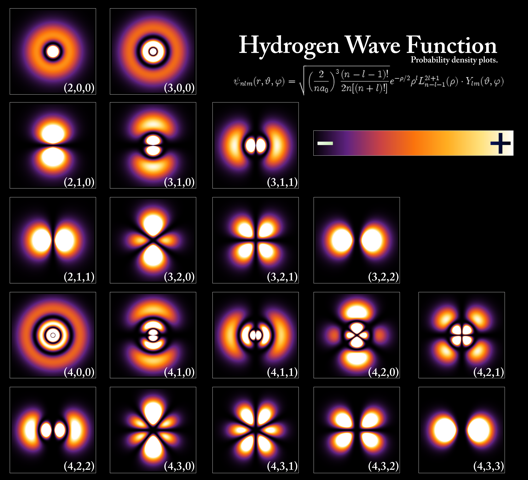
The ‘proof’ is in the equation!
Proof is highlighting Waterloo’s brightest and most talented in our Equation Series. Look for changes on our restaurant chalkboards as we feature a new genius from our area every few weeks.
Meet Particle Physicist Asimina Arvanitaki:
What is your theory about?
The Large Hadron Collider (LHC), which contains particle detectors around its accelerator ring, is the largest machine ever built. But even larger particle detectors might exist in nature, if we know where to look.
My theory describes how black holes – those gravitational vacuum cleaners from which even light cannot escape – can be turned into nature’s particle detectors.
Quantum mechanics tells us that all particles have a size – their Compton wavelengths. Though we typically think of particles as incredibly tiny, some particles can, in theory, be truly enormous – anything from a micron to the size of our universe.
When a particle’s Compton wavelength is the size of a black hole, the particle will bind to the black hole, forming a “gravitational atom” in the sky.
The number of particles occupying certain levels of this atom can grow exponentially when the black hole is rotating, due to an effect called “superradiance.”
Because of this exponential growth, the black hole’s rotation will slow down, with an ever-growing cloud of particles circulating around it. The binding force of this atom is gravity, so de-excitations of this atom will produce gravitational wave lines (just like in the case of a laser, but emitting gravitational waves rather than light).
Here on Earth, we hope to detect these waves using ultra-sensitive gravitational wave detectors. One such detector is the advanced LIGO (Laser Interferometer Gravitational-Wave Observatory), which will start collecting data in the next year or so.
Why does it matter?
Using black holes as natural particle detectors may help in our quest for understanding dark matter.
This invisible gravitational glue is believed to account for the majority of “stuff” in the universe, though its actual makeup remains a mystery.
It’s possible that a certain kind of particle called the QCD axion – proposed theoretically in the 1970s* but not yet discovered experimentally – could be the particle that makes up dark matter. Our approach to black holes as particle detectors might result in its discovery. Decoding the mystery of dark matter would be one of the most significant breakthroughs of our time!
*Interesting side-note: “Axion” is also a brand of detergent!
 Why did you become a physicist?
Why did you become a physicist?
I have always wanted to understand how our universe works – why things are the way they are.
What’s the best part of being a physicist?
Doing what I love most in life.
What’s your favourite meal?
I love food too much to just pick one! I enjoy everything from the Mock Turtle soup I had when I visited the famous Fat Duck in England, to the lamb my dad roasts every Easter back in Greece.





